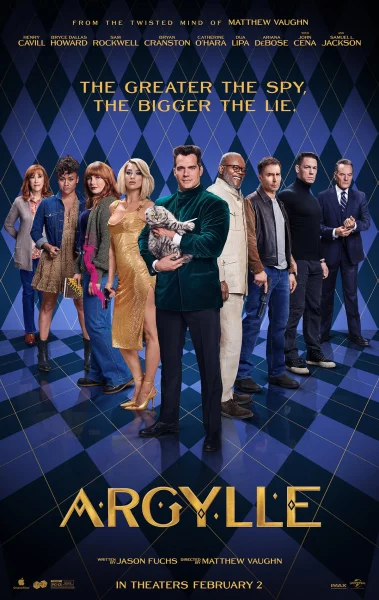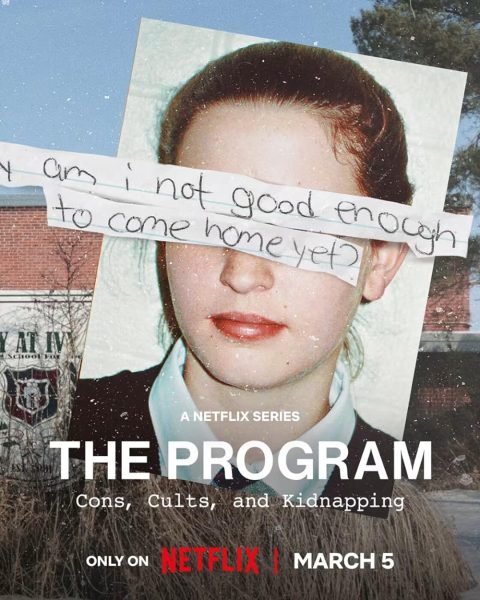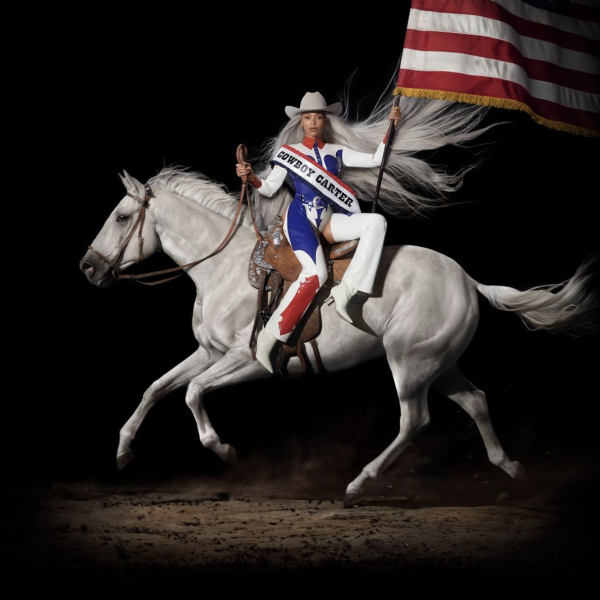Hitting the ball into a different court
New sports film strays away from the athletes and focuses more on the person who led them to stardom

“King Richard,” a movie detailing the plan that led Venus and Serena Williams to tennis stardom made its way to theaters on Nov. 19.
December 2, 2021
A combined total of 44 Grand Slam titles, five Olympic gold medals and considered to be two of the best players in all of tennis history: Venus and Serena Williams, the sisters who rose from their complicated childhood in Compton, Calif., to household names, have held the awe of spectators since Venus’ first pro match in 1994. The duo’s press provoking father’s controversial approach to their success is detailed in the new film: “King Richard.”
The rags-to-riches, nobody to known-by-everybody, true story follows Richard Williams (Will Smith), a dad with a 78-page meticulous plan for fame, and his two daughters Venus Williams (Saniyya Sidney) and Serena Williams (Demi Singleton) on their complicated journey to tennis stardom. After making the unpopular decision to stray from the typical junior matches to pro tournaments pipeline, he managed to pave his daughters’ way into the spotlight.
Instead of approaching the dynamic duo’s story from the athletes’ point of view, the film dives deep into how Richard wrote his daughters into history with his clear vision and brazen plan that was developed before they were even born. I found that the switch of focus from an athlete to their supporter was a breath of fresh air amongst the many star-centered films that populate the sports movie industry today. It balanced highlighting their remarkable success and barrier-breaking accomplishments with accrediting their father who started it all.
Richard continuously emphasized throughout the girls’ journey the importance of raising them right. Unlike the wealthy, white and abrasive tennis parents that they encountered along the way, who frequently encouraged their children to cheat and berated them for their losses, Richard refused to let his daughters spoil. After hearing the girls relish in their success, he sat them down to watch the classic fairytale, “Cinderella,” to emphasize the importance of staying humble. Although this was a small detail, unessential to the storyline, it helped to convey the wholesome way in which they went on to win.
His lessons didn’t stop at tennis skills and morals but extended into education. Venus and Serena were pushed through a rigorous curriculum of classes, language lessons and musical mastery alongside their training. Richard’s dedication to his daughters’ success was spread throughout their lives and not just confined to one aspect.
The story shed light on how the girls demolished traditional tennis standards during their rise to fame. The previously white and rich-dominated sport was broken up once their talent stepped onto the court. Although, it wasn’t without discrimination. Both white spectators and their very own neighbors raised concerns about their choice to play, but they persevered despite the pushback. I appreciated that the movie did not sugarcoat the challenges that the family faced. It tied in the very real hardships of Black-on-Black crime, racism and poverty that they dealt with.
The only real criticism that I had about the movie was the lack of an ending. Following Venus’ first pro match the film came to an abrupt stop, failing to include Serena’s career and the rest of the duo’s success. As I was previously unaware of the details of their tennis fame, I would have liked to have continued to familiarize myself with their stories. Even just a few more scenes into the future from the last clip would have satisfied this and helped to round off the ending to a heartwarming story of perseverance.
It was the film’s little details that sold it for me and brought me to watch it again the very next day: a shopping buggy serving as a tennis ball cart, the motivational posters reminding them of their plan for the future hung on the sides of the warn down neighborhood court and the everlasting friendship between the two competitors.
Venus, Serena and Richard’s path from poverty to prominence was one that needed to be shared and I thought that “King Richard” executed it with the appropriate passion, detail and sensitivity that it demanded.















